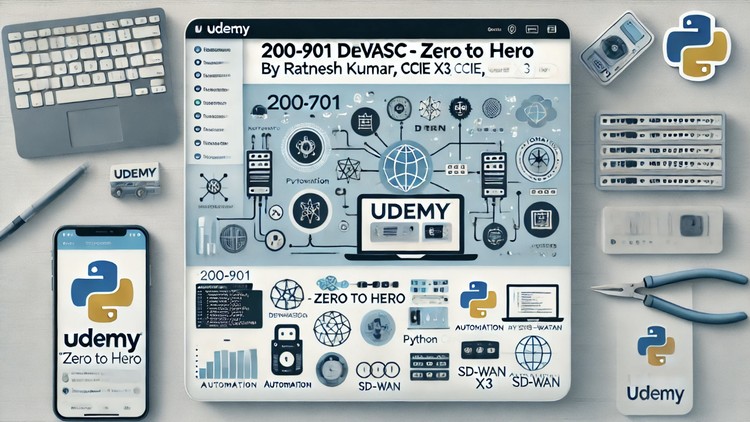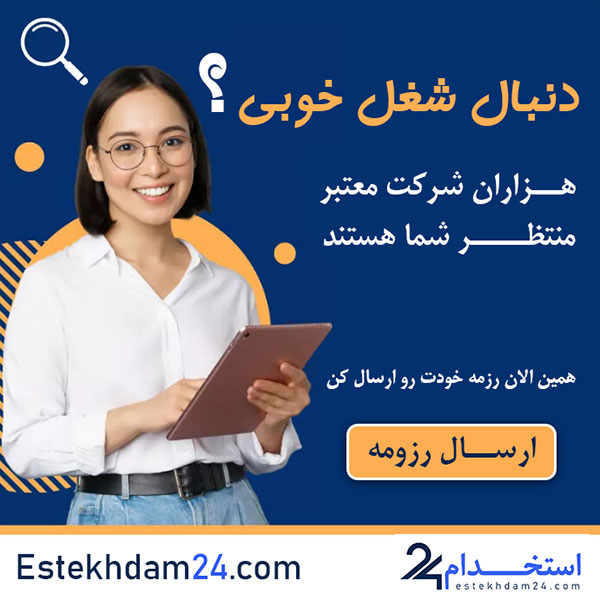1. Section 5.0 introduction
2. 5.1 Describe the value of model driven programmability for infrastructure
3. 5.1 Describe the value of model driven programmability for infrastructure
4. Compare controller-level to device-level management.html
5. 56 5.2 Compare controller-level to device-level management
6. Notes -Describe the value of model driven programmability for infrastructure.html
7. 57 5.3 Describe the use and roles of network simulation and test tools
8. 58 5.4 and 5.5 5.5 Describe principles of infrastructure as code
9. IaC Notes.html
10. 59 5.6 Describe the capabilities of automation tools such as Ansible, Terraform
11. Notes - Capabilities of automation tools such as Ansible, Terraform.html
12. 60 5.14 Interpret sequence diagram that includes API calls
13. Notes - Interpret Sequence diagram that includes API Calls.html
14. 61 5.10 Interpret the results of a RESTCONF or NETCONF query
15. Notes - Interpret the results of a RESTCONF or NETCONF query.html
16. 62 5.7 Identify the workflow being automated by a Python script
17. Notes - Identify the workflow being automated by a Python script.html
18. 63 4.5b DNAC Template
19. 64 5.8 Identify the workflow being automated by an Ansible playbook
20. 65 5.9 Identify the workflow being automated by a bash script
21. Notes -- Identify the workflow being automated by a bash script.html
22. 66 5.12 Interpret a unified diff
23. Notes - Interpret a unified Diff.html
24. 67 5.13 Describe the principles and benefits of a code review process
25. Notes - Describe the principles and benefits of a code review process.html
26. 6.1 Describe the purpose and usage of MAC addresses and VLANs
27. Describe the purpose and usage of IP addresses, routes, subnet mask prefix
28. Describe the function of common networking components
29. Interpret a basic network topology diagram with elements such as switches
30. Describe the function of management, data, and control planes in a network
31. Describe the functionality of these IP Services DHCP, DNS, NAT, SNMP, NTP
32. 6.7 Recognize common protocol port values (such as, SSH, Telnet, HTTP, HTTPS
33. Identify cause of application connectivity issues (NAT problem, Transport Port
34. 6.9 Explain the impacts of network constraints on applications













